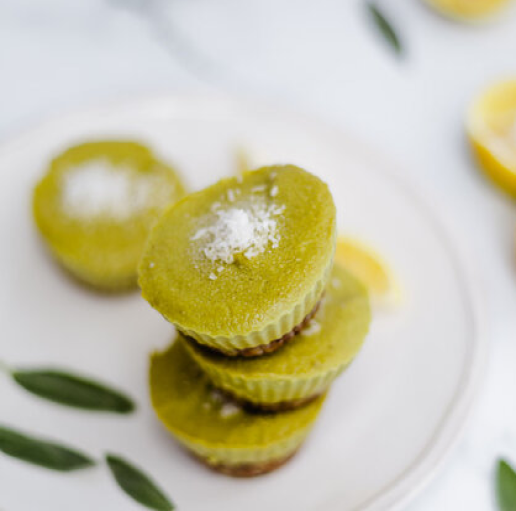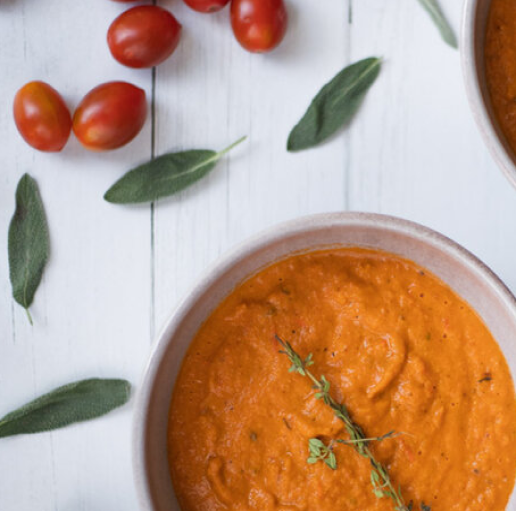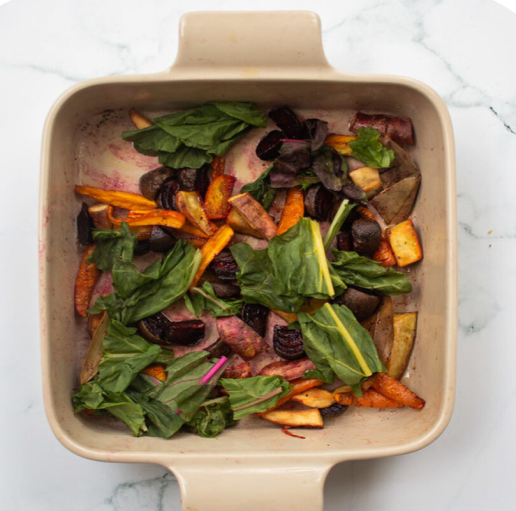- Weigh your cabbage, take off the outer leaves and save them. Slice the cabbage thinly and put into a big mixing bowl.
- Add 3% salt (himalayan pink salt or sea salt) by weight (for every 100 gms of cabbage, 3 gms of salt) and massage it in with clean hands.
- Squish to release as much cabbage juice as possible. The cabbage will shrink and lose moisture.
- Add any spices you’re using at this stage and continue squishing. Do this for about 10 minutes.
- Transfer what looks like wet, soggy cabbage into a clean jar and pack it down by pushing it down with your fingers or a pestle (or similar tool). You want to push out any air pockets in the cabbage.
- Top the cabbage with an outer cabbage leaf saved earlier and push down again, making sure the liquid rises above this whole outer leaf. This is to encourage anaerobic fermentation.
- Close the lid and leave at room temperature (somewhere you can keep an eye on it) to ferment for 7-10 days.
- During the course of this time, it will get progressively sourer and start bubbling. Open the jar every other day and push down the cabbage under the liquid brine.
- After 7-10 days, it is ready to be consumed. Stick it in the fridge and it will keep for months!





























